Artista: Lucas Cranach The Elder
Stile: rinascimento settentrionale
Temi: contadini Ritratti Ritratti
Temi: olio
lucas cranach è apparso a wittenberg in 1505 come artista di corte di federico il saggio . Wittenberg , una città universitaria che divenne il centro più grande e autorevole per la preparazione della riforma , favorito Cranach's contatti e relazioni con uomini di cultura , come martin luther e philipp melanchton . poiché l'artista ha aderito troppo alla riforma, era naturale che eseguisse molti ritratti di lutero . In tutto Cranach's versioni del famoso riformatore , l'immagine trasmessa è fisicamente fedele , e non cerca di nascondere la dura ruvidezza di Luther's peasant-like testa e un certo petit-bourgeois espressione . i due ritratti di lutero e sua moglie sono ancora registrati insieme 1724 . cranach produsse molte versioni sia del doppio ritratto della coppia che della figura di lutero da solo , diffondere un tipo di pittura che si affermò verso la metà del 1520s ed era destinato a sopravvivere ai nostri giorni .
Artista |
|
|---|---|
Download |
|
Permessi |
Gratuito per uso non commerciale. Vedi sotto. |
Lucas Cranach The Elder – Opere d'arte più viste
|
This image (or other media file) is in the public domain because its copyright has expired. However - you may not use this image for commercial purposes and you may not alter the image or remove the watermark. This applies to the United States, Canada, the European Union and those countries with a copyright term of life of the author plus 70 years.
|
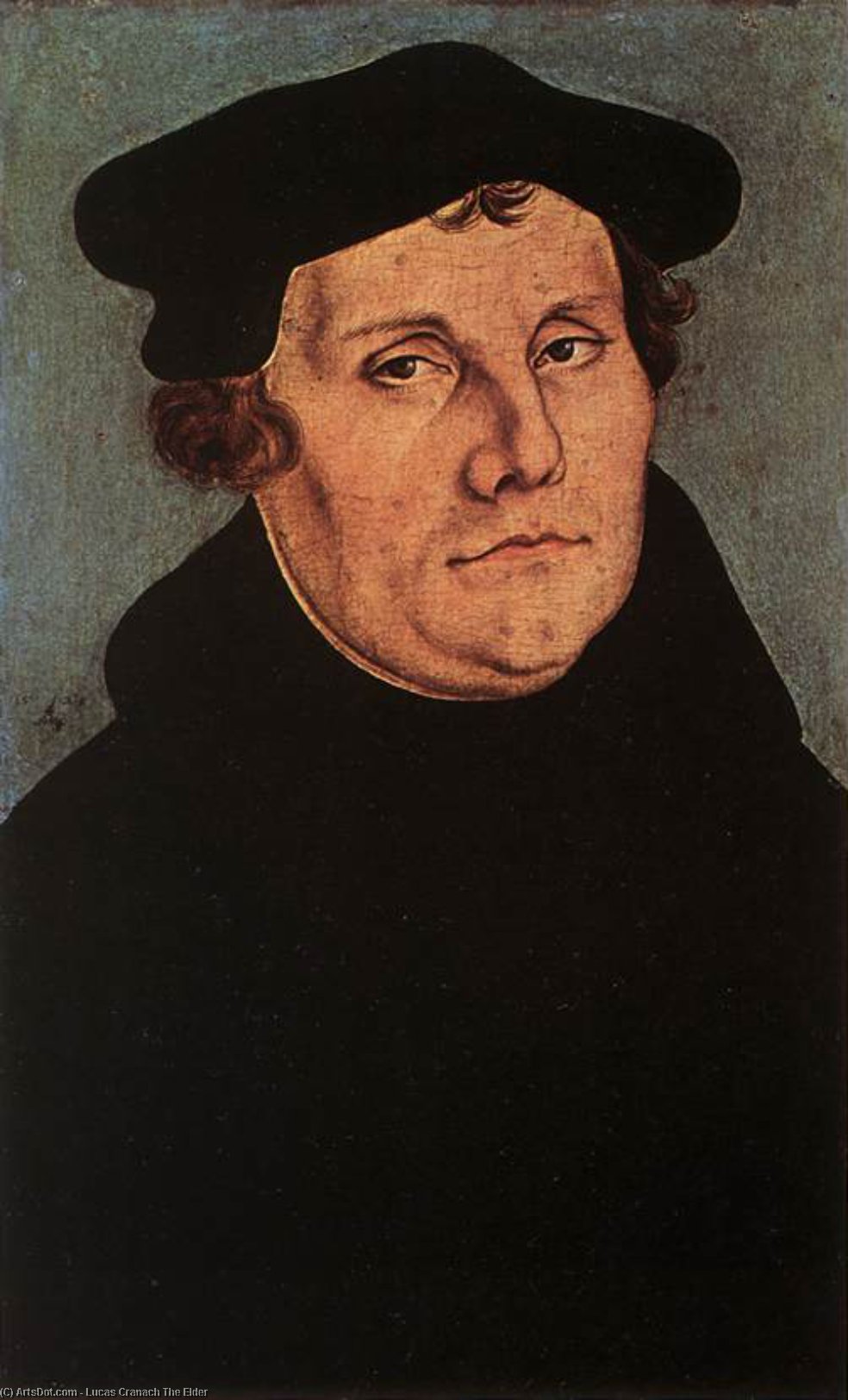
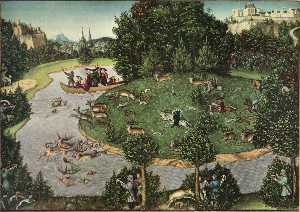

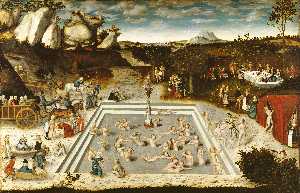


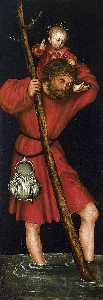


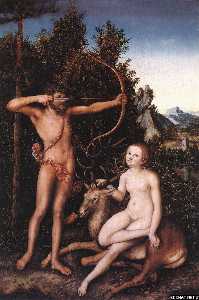

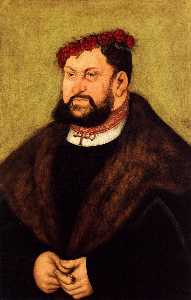


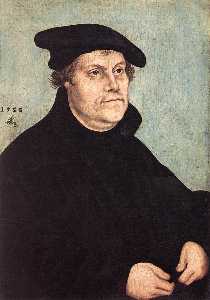
 Note that a few countries have copyright terms longer than 70 years: Mexico has 100 years, Colombia has 80 years, and Guatemala and Samoa have 75 years. This image may
not be in the public domain in these countries, which moreover do not implement the
Note that a few countries have copyright terms longer than 70 years: Mexico has 100 years, Colombia has 80 years, and Guatemala and Samoa have 75 years. This image may
not be in the public domain in these countries, which moreover do not implement the